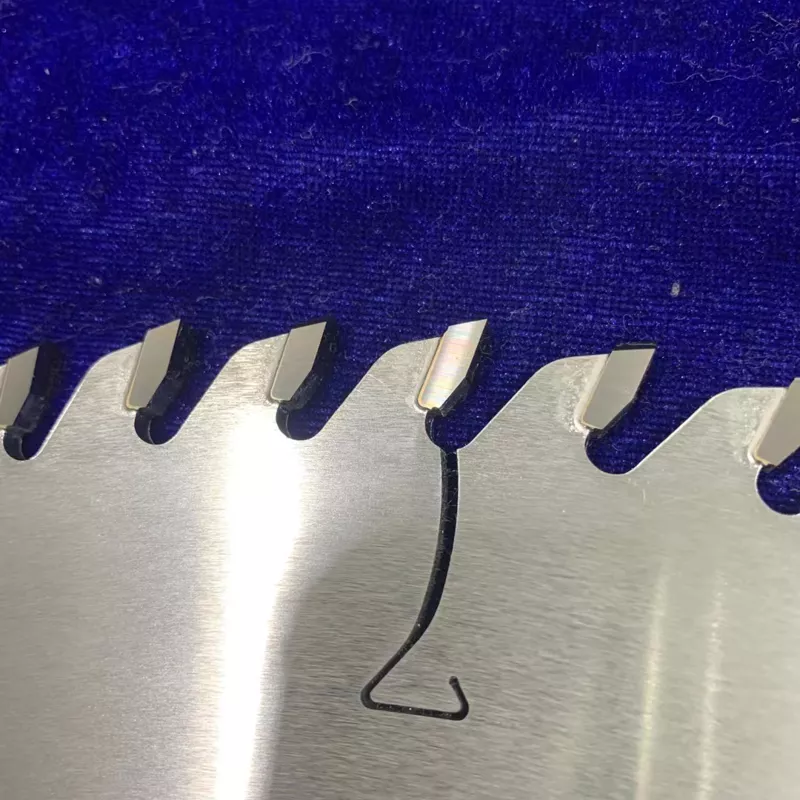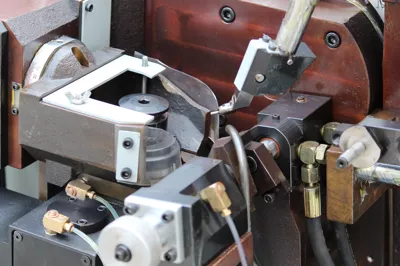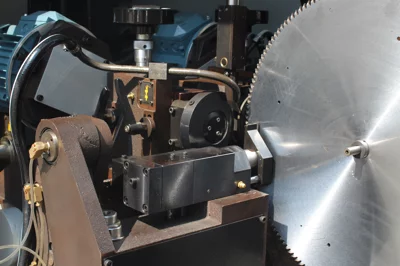How to Choose the Right Number of Teeth for Saw Blades

In the woodworking industry, the number of teeth on a saw blade is one of the key factors that affect its performance. Different number of teeth can have a significant impact on the working effect of the saw blade, which in turn affects the entire cutting process. Here we will explore the impact of the number of teeth on the performance of the saw blade:

1. **Cutting speed**:
With an increase in the number of teeth, the cutting speed of the saw blade will generally improve.This is because more teeth provide more cutting edges, making the wood cutting more rapidly. However, too high a number of teeth may cause the saw blade to overheat, affecting its durability.
2. **Gloss**:
Within a certain range, an increase in the number of teeth can make the cutting surface smoother.This is because more teeth can produce a more detailed cutting effect, making the wood surface smoother.
3. **Angle of teeth**:
The change in the number of teeth will also affect the angle of each tooth on the saw blade. This will affect the contact surface between the saw blade and the wood, further affecting the cutting effect.
4. **Saw blade hardness and flatness**:
With an increase in the number of teeth, the saw blade's hardness and flatness may improve.This is because more teeth can provide better support, making the saw blade more stable.
5. **Machine speed and feed rate**:
Choosing the appropriate number of teeth can also help adjust the machine speed and the feed rate of the wood. Saw blades with more teeth may need lower rotational speed or feed speed to maintain the stability of the cutting effect.

MCC650E double side grinding machine
6. **Device precision**:
The precision of the equipment used to make saw blades will also affect the number of teeth.High-precision equipment can produce more accurate and more consistent teeth, thus providing better cutting effect.
In practical applications, woodworkers usually choose the appropriate number of teeth according to their own needs.For example, a 40-tooth saw will save more effort and have less sound due to less friction, while a 60-tooth saw can provide a smoother cutting surface. Generally speaking, woodworkers usually choose a 40-tooth saw, and if they pursue less sound and better quality, they can choose a thinner and better quality saw.It should also be noted that the more teeth, the more carbide is needed, which leads to the increase of the price of the saw. Therefore, the usually tooth spacing is 15-25mm, and the reasonable number of teeth should be selected according to the material to be cut. When choosing a saw, performance, cost and use demand should be considered comprehensively.
With years of hands-on experience, I have honed my skills in navigating the complexities of global commerce, offering invaluable insights and solutions to address customer needs. My commitment to excellence and dedication to customer satisfaction ensure that I deliver exceptional service, guiding clients through every step of the trading process with confidence and proficiency.







